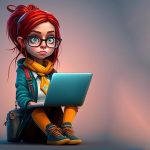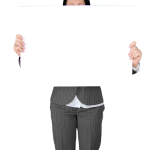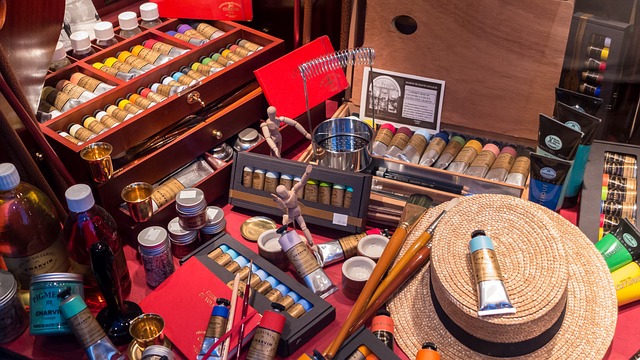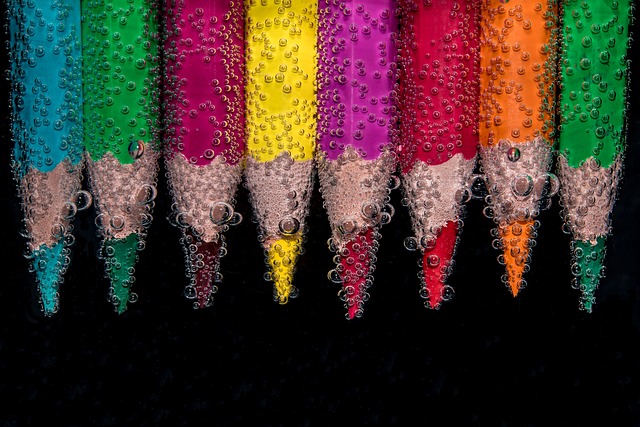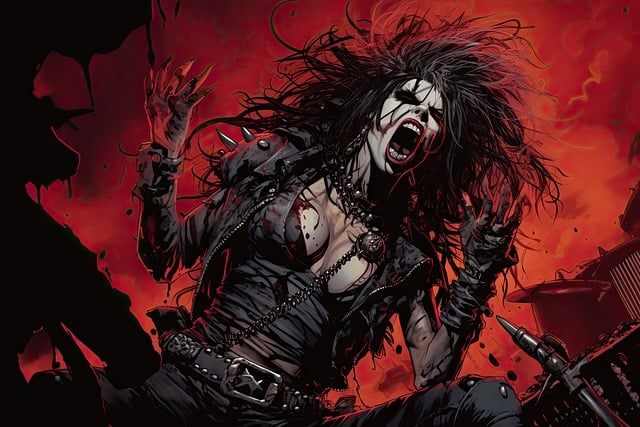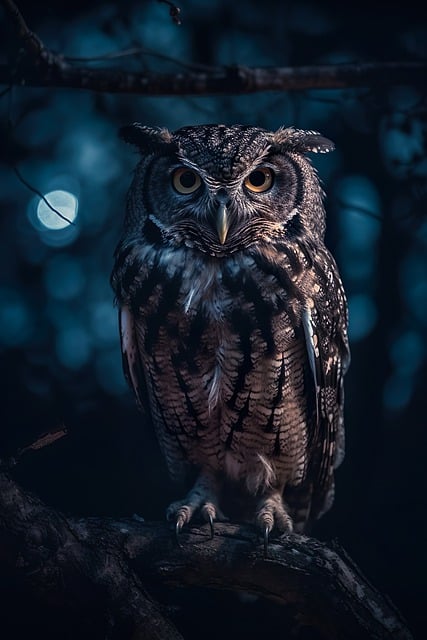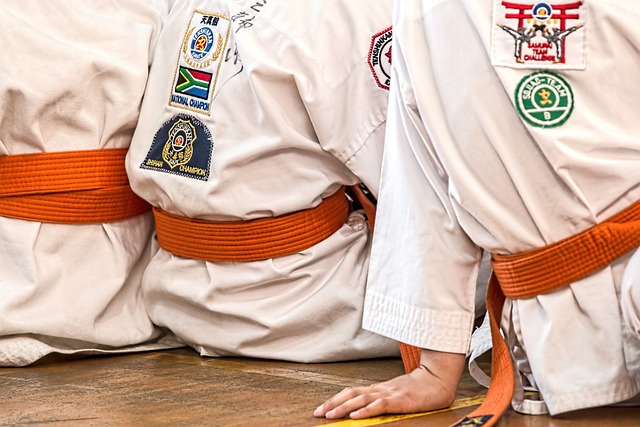Artificial Intelligence (AI) has been making waves in various industries, revolutionizing the way we work and live. From self-driving cars to virtual assistants, AI has become an integral part of our daily lives. But one area that has seen a significant transformation with the use of AI is the art world. With its ability to learn, adapt, and create, AI has opened up new possibilities for artists, challenging traditional notions of creativity and pushing the boundaries of what is considered art. In this article, we will explore how AI is transforming the art world and the implications it has for the future of creativity.
The Emergence of AI Art
Artificial Intelligence has been around for decades, but it is only in recent years that it has made its mark in the art world. The first AI-generated artwork was created in the 1960s by computer scientist A. Michael Noll, who used a computer to generate a series of abstract images. However, it wasn’t until the 2010s that AI art gained mainstream attention, with the emergence of deep learning algorithms and neural networks.
One of the most famous examples of AI art is the “Portrait of Edmond de Belamy” by the Paris-based art collective Obvious. The artwork, which was sold at auction for a staggering $432,500, was created using a Generative Adversarial Network (GAN) – a type of AI algorithm that learns to generate new images by analyzing a large dataset of existing images. The result was a portrait of a fictional aristocrat, which sparked a debate about the role of AI in the art world.
AI as a Collaborator, not a Replacement
One of the main concerns surrounding AI art is that it will replace human artists, making them obsolete. However, many artists and experts argue that AI should be seen as a collaborator, not a replacement. AI can generate endless possibilities and ideas, but it still requires human input and direction to create meaningful and thought-provoking art.
In fact, many artists are embracing AI as a tool to enhance their creative process. For example, artist Mario Klingemann uses AI algorithms to create digital collages and portraits, but he also adds his own personal touch by hand-painting the final piece. This collaboration between human and machine has resulted in some truly unique and captivating artworks.
Challenging Traditional Notions of Creativity
One of the most exciting aspects of AI art is that it challenges traditional notions of creativity. In the past, creativity was seen as a uniquely human trait, something that machines could never possess. But with the emergence of AI-generated art, this notion is being challenged.
AI algorithms can analyze and learn from vast amounts of data, allowing them to come up with unexpected and innovative ideas. This has led to the creation of art that is beyond what a human artist could have imagined. For example, Google’s DeepDream algorithm, which was originally designed to identify objects in images, has been used to create psychedelic and surreal artworks that have captivated audiences.
The Future of AI in the Art World
The use of AI in the art world has sparked a debate about the future of creativity and the role of technology in art. While some see it as a threat to traditional art forms, others see it as an opportunity to push the boundaries and explore new possibilities.
One of the potential benefits of AI in the art world is its ability to democratize art. With AI, anyone can create art, regardless of their skill level or background. This opens up the art world to a more diverse range of voices and perspectives, challenging the dominance of traditional art institutions.
However, there are also concerns about the potential biases and limitations of AI algorithms. As AI learns from existing data, it can perpetuate existing biases and stereotypes. This raises questions about the responsibility of artists and programmers to ensure that AI art is ethical and inclusive.
In conclusion, AI has transformed the art world, challenging traditional notions of creativity and sparking a debate about the future of art. While it may not replace human artists, it has the potential to enhance and expand the creative process, resulting in new and innovative forms of art. As technology continues to advance, it will be fascinating to see how AI will continue to shape and revolutionize the art world.



